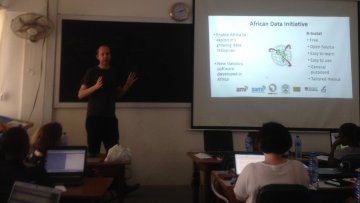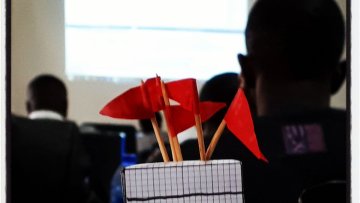In 2016, Facebook added an optional end-to-end (E2E) encryption feature called Secret Conversations to Messenger. This was challenging to design, as many of Messenger's key properties and features don't fit the typical model of E2E apps. Additionally, Messenger is already one of the world's most popular messaging apps, supporting nearly a billion people across a variety of technical and cultural environments. Because of this, Messenger's deployment of E2E encryption provides attendees with a valuable case study on how to build usable, secure products.
We will discuss the core properties of a typical E2E app, the core features of Messenger, the distance between the two, and the approach we took to close the gap. We'll examine how minimizing the distance shaped the current E2E experience within Messenger. Through discussion of the key decisions in this process, we'll address the implications for alternative designs with real world comparisons where they exist.
Although Secret Conversations in Messenger use off-the-shelf Signal Protocol for message encryption, Facebook also wanted to ensure a safe communication channel for community members who may be victims of online abuse. To this end, we created a way for people to report secret conversations that violate our Community Standards, without breaking any E2E guarantees for other messages.
Developing a reporting protocol created an interesting challenge: the potential of fake reports with no intermediary to invalidate them. To pre-empt the possibility of Bob forging a report to incriminate Alice, we added a method that uses two HMACs - one added by the sender and one by Facebook - to “cryptographically frank” messages as we forward them from one party to the other (physical mail uses a similar franking). This technique ensures similar confidence that a report is genuine as we have for messages stored in plaintext on our servers. Additionally, the frank is only verifiable by Facebook after receiving a report from the recipient, thus preventing a third party from using it as evidence against the sender.
We hope that this talk will provide an insight into the intricacies of deploying security features at scale, and the additional considerations necessary when developing an existing product.




